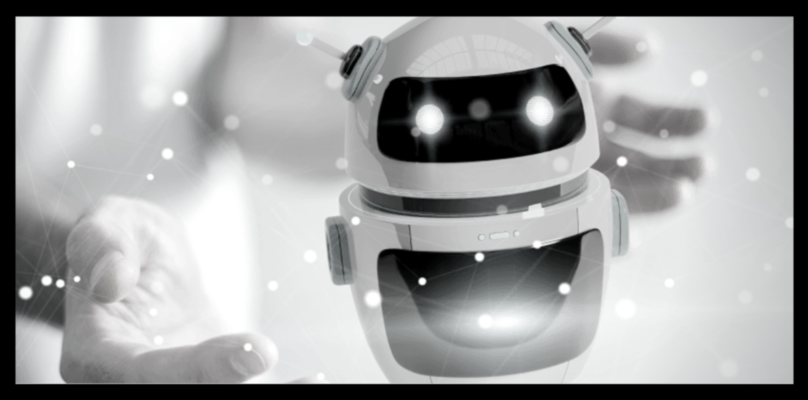Flow is Now Power Automate and Microsoft Power Platform unveils Chatbots

Microsoft announced that a number of new bots and automation tools went live on the Microsoft Power Platform the other day. Microsoft introduced the new tools, stating they will make data sources flow within applications like Dynamics365, SharePoint and OneDrive, and generate more efficiencies with bespoke apps.
There are more than 400 new capabilities added to the platform that focus on growing its robotic process automation potential for users, as well as new integrations between Microsoft Teams and the platform.
Robotic process automation (RPA) tools for Microsoft Power Automate (formerly Flow) are also included, making AI tools easier to add into PowerApps. There are also new tools that allow for creating user interfaces in Power Automate.
AI Builder adds a point-and-click means to fold basic processes such as object detection, text classification and forms processing into apps- these processes are commonly used for OneDrive and SharePoint content curation.
Michael Fauscette, a G2 analyst, said that Microsoft is trying to coa customers who remain on premises into the Azure cloud by adding these tools, along with a host of new security features to Power BI.
Now PowerApps reduces the amount of development required to create needed links between systems in the cloud, such as content in OneDrive and SharePoint with work being done in D365 CRM, ERP and Teams applications.
Chatbots have gone live
Microsoft has also announced at Microsoft Ignite that Power Virtual Agents are now generally available. These are do-it-yourself chatbots available on the Microsoft Power Platform.
Constellation Research analyst R “Ray” Wang said that they’ll likely be used initially by customer service teams on Dynamics 365, but that they could spread to other areas of business like HR. They could for example use the bots to answer common questions throughout the recruitment or onboarding process.
He continued saying that while some companies may choose to use external developers and consultants to build bespoke chatbots instead of making their own on the Power Platform, others may attempt to build them internally. Prime candidates for the latter would be large call centres that employ many human agents and run Microsoft applications.
“I think they’ll start coming here to build their virtual agents,” Wang said. “Bot training will be an issue, but it’s a matter of scale. If an agent is costing you $15 an hour and the chatbot 15 cents an hour… it’s all about call deflection.”
Microsoft Power Platform is evolving
PowerApps, launched at the end of 2015 was used initially mainly by users of Dynamics CRM when they needed to standardise and automate processes across data sets within the Microsoft environment and connect to external platforms like Salesforce, according to Ed Anderson, Gartner analyst.
Its use spread fast to Dynamics ERP, OneDrive and SharePoint users as they found that Flow allowed them to create connectors and apps without developer overhead. Third-party developers and consultants also used PowerApps to speed up delivery of solutions to clients. Power Automate, PowerApps and Power BI collectively became known as the Microsoft Power Platform last year.
Anderson said “PowerApps are really interesting for OneDrive and SharePoint because it lets you quickly identify data sources and quickly do something meaningful with them – connect them together, add some logic around them or customize interfaces.”
Are you looking for a new MS Dynamics 365 job? Click here to see our opportunities.
